Purchase worldwide V2.2: Lectronz
Reference case design Fusion360

Example application
Driving high power LED array directly with fan and heatsink for cooling.


Specification
USB-C Trigger for fixed PDOs, or PPS with Constant Voltage or Constant Current mode. The operating trigger range is 3.3V-21V @ 3A max.
Improvement from version 1
- Constant current mode
- Better overall ESD protection
- Output flyback diode protection
- Reverse current protection
How to use the board
- Default (no jumper): CV mode. Max voltage is set by the potentiometer. Maximum current rated for cable/power supply.
- 1A jumper: CC mode at 1A. Max voltage is set by the potentiometer.
- 1.5A jumper: CC mode at 1.5A. Max voltage is set by the potentiometer.
- 2A jumper: CC mode at 2A. Max voltage is set by the potentiometer.
- 2.5A jumper: CC mode at 2.5A. Max voltage is set by the potentiometer.
- 3A jumper: CC mode at 3A. Max voltage is set by the potentiometer.
- 4A jumper: No application
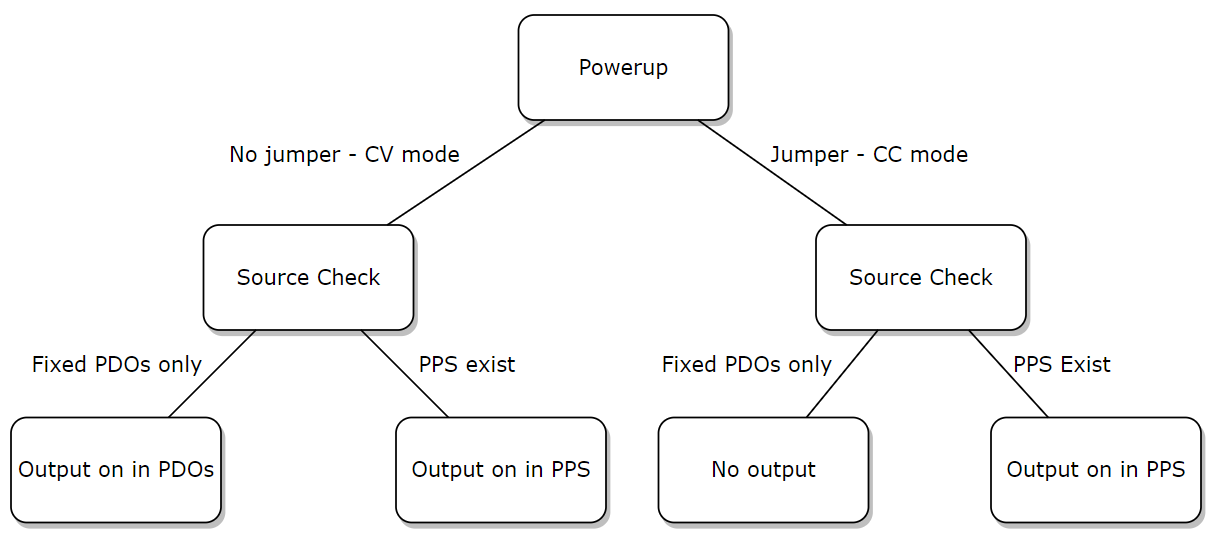
*Fixed PDO: Flat voltage level like 5V, 9V, 12V, 15V, and 20V
*CC: Constant Current Mode
*CV: Constant Voltage Mode
Important note
Not all USB-C power supplies support Programmable Power Supply (PPS). and not all PPS power supplies support CC mode. Through our small sample size that includes powerbank/charger from Anker, Ugreen, and Baseus, here is our recommendation for getting Constant Current mode out of the box:
- UGREEN 100W - PPS 3.3 - 21.0 @ 3A
- UGREEN 140W - PPS 3.3 - 21.0 @ 5A
- AOHI Magcube 140W - PPS 3.3 - 21.0 @ 5A
- GKUTW HX65P3 65W - PPS 3.3 - 21 @ 3A
- Anker 737 (GaN Prime 120W) - PPS 3.3 - 11.0 @ 3A
- Anker 737 Power Bank - PPS 3.3 - 21.0 @ 5A
- Anker PowerHouse 521 - PPS 3.3 - 11.0 @ 3A
- ..... too many. Mostly anything that says "PPS" would work
Our lab recommends using the UGREEN Nexode charger. There is another Ugreen Nexode charger that our lab has not tested. Your feedback on that charger will be appreciated!
We recommend using CC mode whenever possible as it will limit the output voltage to 3A or less using PPS. Standard profiles do not have a current limit and can result in pushing more than 3A over a 3A-rated cable if the source is not 100% compliant. In CC mode, only the PPS profile is activated, if there is no PPS profile, the output is turned off.
In Constant Voltage, the trigger board will try to utilize the PPS profile if it exists before using the standard fixed profile to provide the requested voltage from the potentiometer.
Programmable Power Supply (PPS) in PD3.0/PD3.1
Detail specifications for PPS mode can be found at USB Power Delivery 2019 Presentation
Even though the downstream device can request a 50mA current limit step in PPS mode, the lowest settable current limit is 1A with ± 100mA accuracy. This value is called iPpsCLMin in the specification. When the load is attached, and the current exceeds the limit value, the charger should lower the voltage until the current reaches the target limit. If the voltage is lower to 3.3V and the current is still exceeded, the supply will "give up" regulation and maintain the lowest voltage at 3.3V while outputing whatever current is being drawn.
Reverse current protection is not mentioned in the specification. Reverse current can happen when your source voltage is lower than your device voltage, normally your battery (Vsouce < Vbatt), thus allowing current to flow from your battery to your charger. Anker has confirmed that their IQ standard supports reverse current protection, but all manufacturers do not guarantee implementation.
For this, PPSTrigger has also implemented reverse current protection, regardless of your charger implementation. Current only starts to flow when your Vsource > Vbatt.
Dimension

Reference Case Design
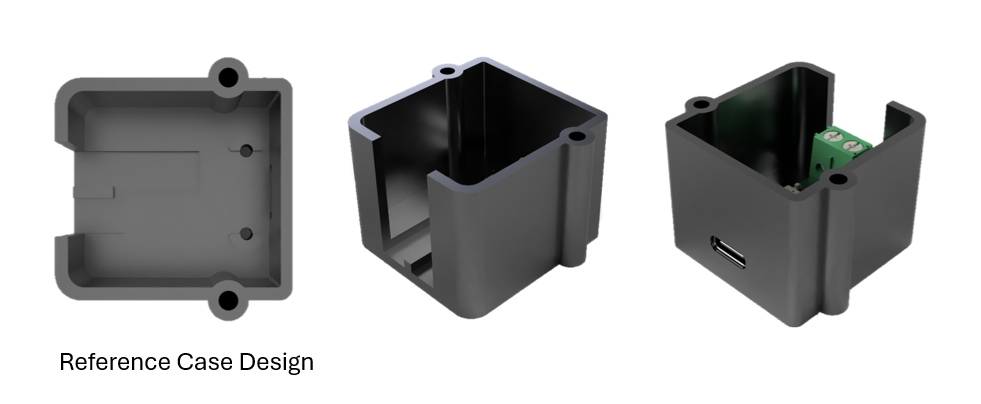
High power LED drive directly from USB-C without series resistor
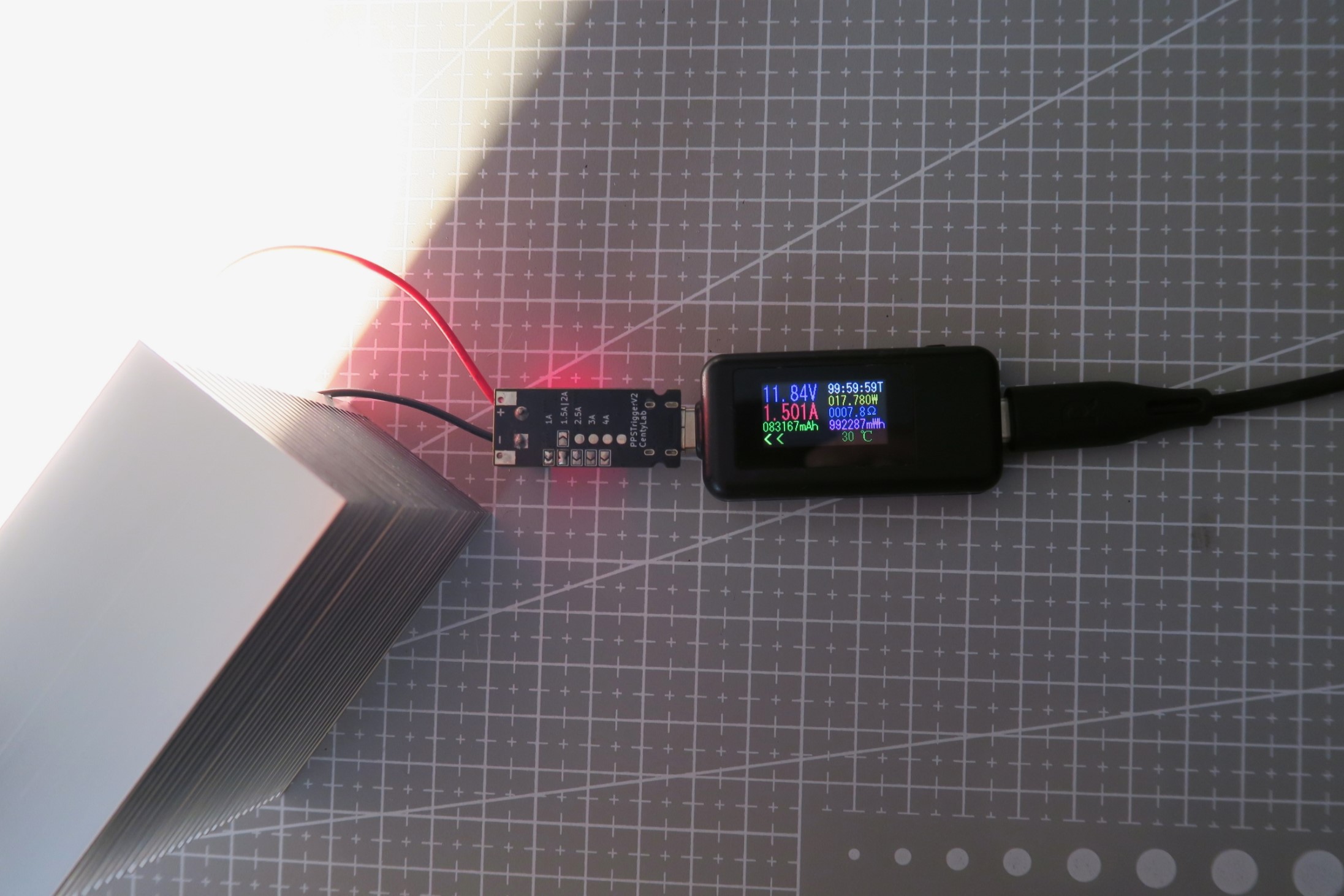
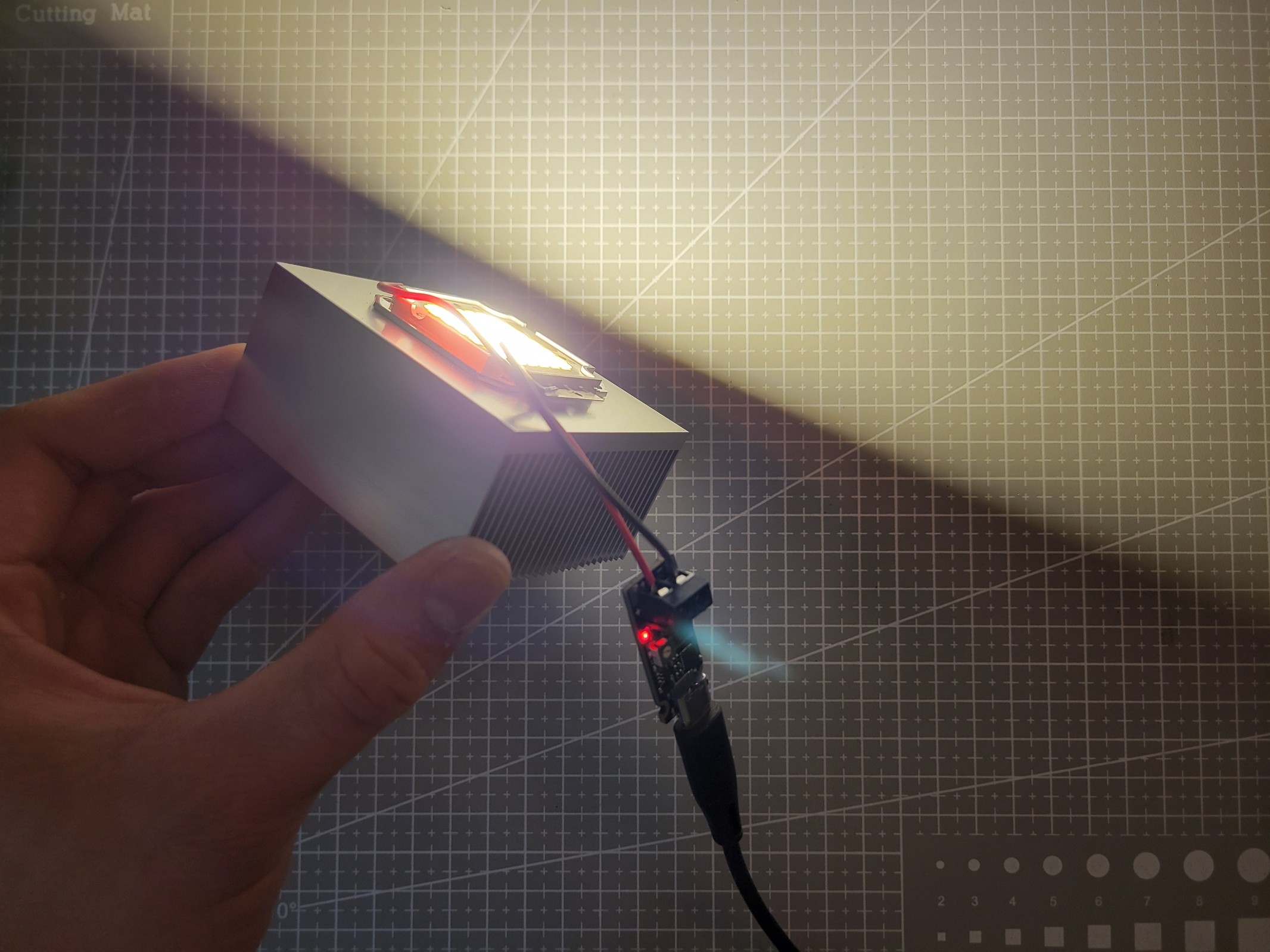
 CentyLab
CentyLab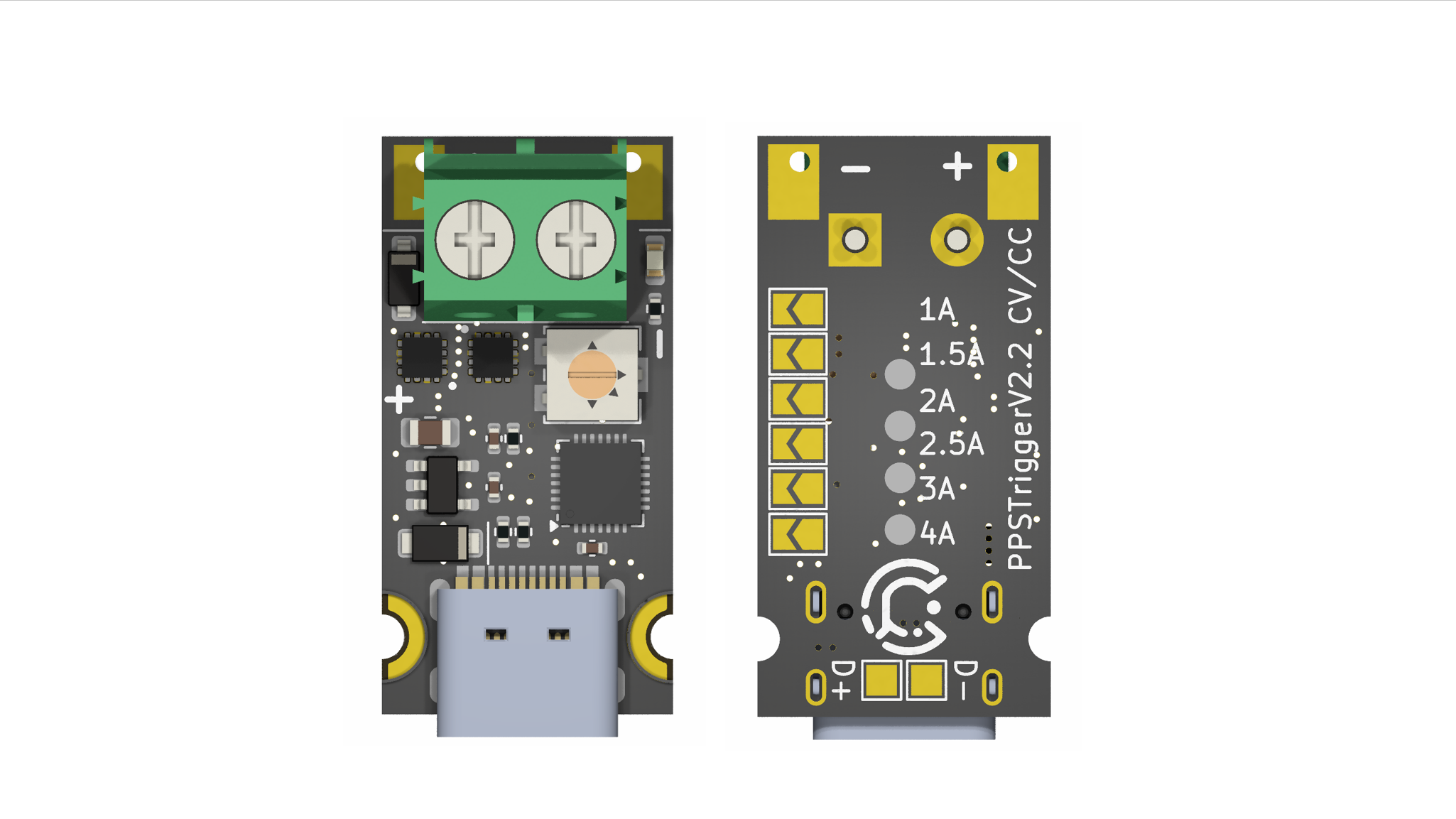
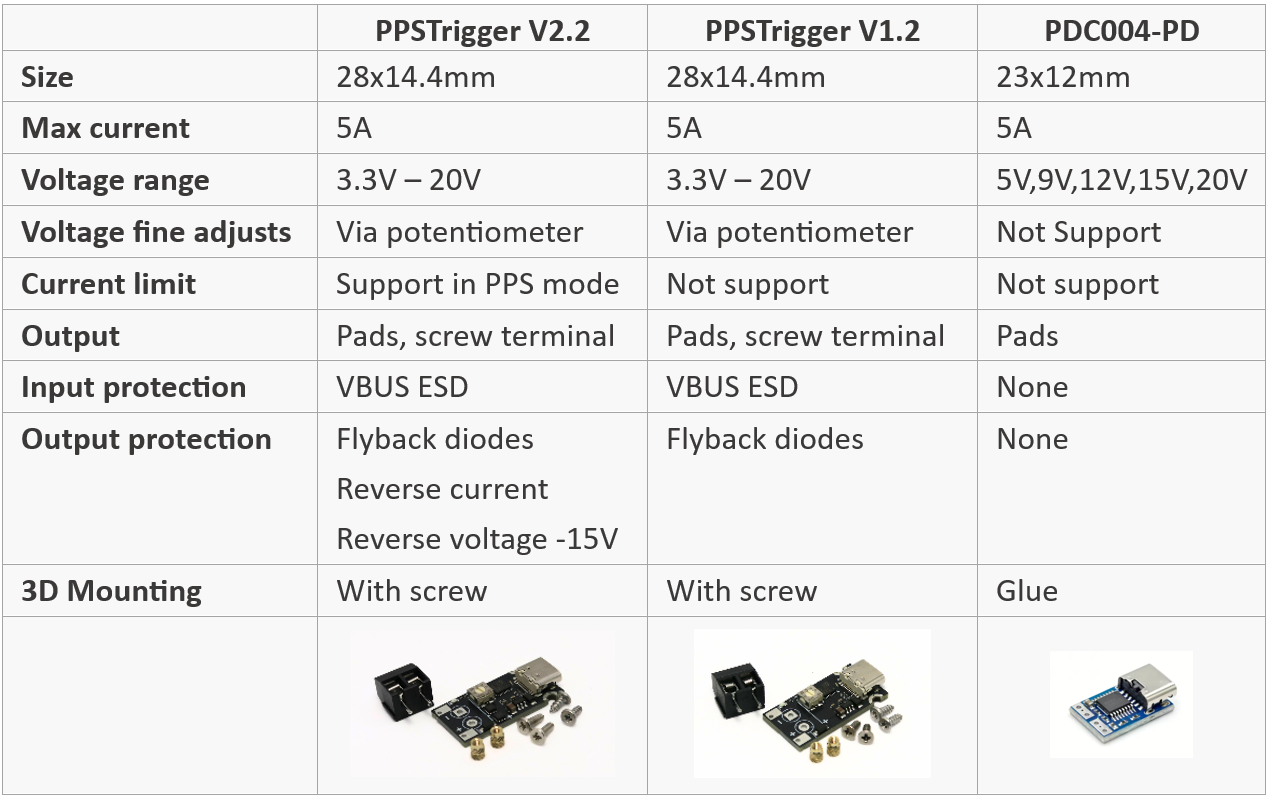
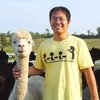
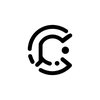


 Shuo Cao
Shuo Cao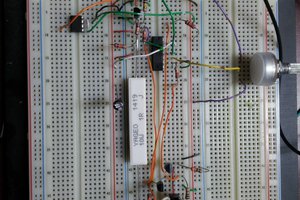
 Marc-O.
Marc-O.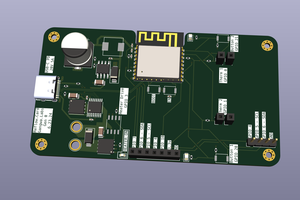
 Gangwa Labs
Gangwa Labs
Thanks for all the USB PPS info! I'm curious when you tested those handful of USB chargers - do all the USB-C ports provide PPS support? Some of the chargers have 3 USB-C ports, and they seem to have different max watt capabilities on the ports. I thought the OEM might've cheaped out and only provide PPS on one out of three of those ports.